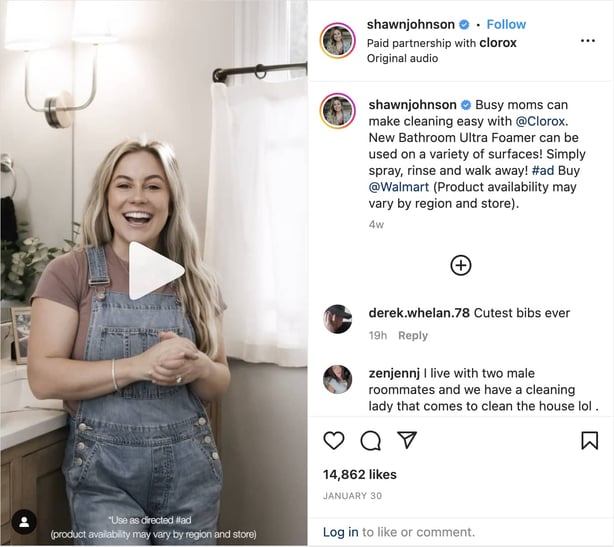6 Tips for Growing Your Small Business Using Social Media Influencer Programs
Updated on November 9, 2023
With the increase of social media celebrities in recent years, influencer marketing has exploded.
The practice of partnering with social media Influencers to promote your business’s products and services can be incredibly impactful, which is why so many companies are developing influencer marketing programs.
Plus, with 31% of businesses reporting that they never use influencer marketing, it’s a great place for you to get ahead of the competition.
Influencer marketing is much more than just shares or likes on social media. Typically it entails a single consumer recommending your service or product to thousands, if not millions, of friends. What other channels allow you to leverage a trusted spokesperson with a built-in, self-selected audience of model prospects who are ready to learn about your product or service?
While Instagram influencer marketing is the most well-known, there are several other social media sites for influencers that are getting bigger. According to Influencer Marketing Hub, influencer marketing has grown to a $21.1 billion industry in 2023. Other platforms, such as Snapchat, TikTok, and YouTube, have their very own set of influencers with a variety of demographics.
What exactly is influencer marketing?
Influencer marketing is a category of social media marketing in which companies collaborate with influencers and content creators to promote a product, service, or business.
The influencer creates and distributes content about the business or product, and the business compensates them with cash, free services, or both. Traffic, engagement, reach, and conversions are the most common influencer marketing KPIs.
The first version of influencer marketing was celebrity endorsements. Social media influencers and content creators with active and engaged niche audiences can now provide more value to brands than celebrities with large but generic audiences. This is because followers find influencers relatable, believe their recommendations, and are committed to showing their support.
Do you want evidence that influencer marketing can actually produce results?
- Influencer recommendations are trusted by 61% of consumers.
- 93% of US business owners consider Instagram as the most important channel for their influencer marketing campaigns. However, TikTok is rapidly growing in popularity, so it may be worth developing a TikTok influencer program for your company.
Types of Influencers
We tend to categorize influencers based on the magnitude of their following. But don't get too fixated on follower count. You don't have to collaborate with the biggest influencers, only the best influencers in your market.
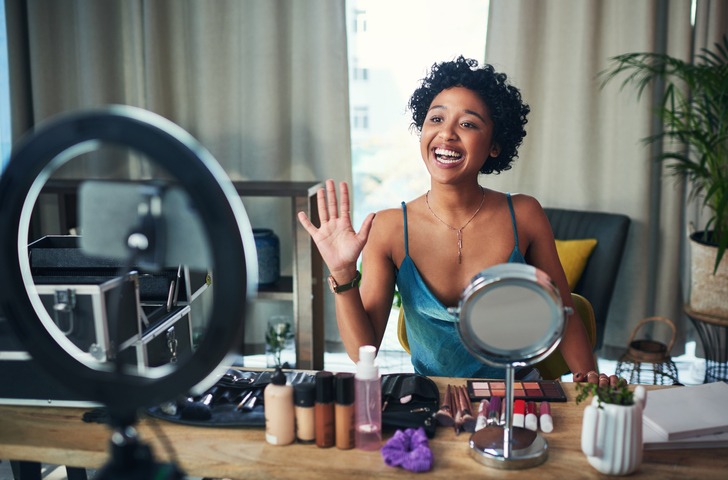
The following are the most common ways influencers are categorized:
- Celebrities and mega-influencers are people who have at least a million subscribers or followers on one or more platforms. In general, you should work with these influencers only if you sell to a worldwide audience and have a large target market. A large audience gets their content, but they lack a solid relationship with their subscribers/followers. Such influencers are typically very expensive, with prices ranging up to a million for every post.
EXAMPLE: @shawnjohnson is a great example of a mega-influencer/celebrity with over 3.5 million subscribers on Instagram. An Olympic gold medalist, she has accrued these followers by combining her uber-successful gymnastics career with content creation about her family and lifestyle.
- Macro-influencers frequently have vast, engaged audiences of more than 100,000 people and are ideal for businesses looking to target a specific segment. However, because they are generally leaders in their field, they are sometimes difficult to reach. They frequently use agents and are pretty expensive.
EXAMPLE: @peruseproject on Instagram is a content creator with over 150,000 followers. Regan, who runs the account, primarily focuses on books, reading, and other similar lifestyle content. She regularly partners with book boxes, puzzle companies, and even large corporations like Best Buy.
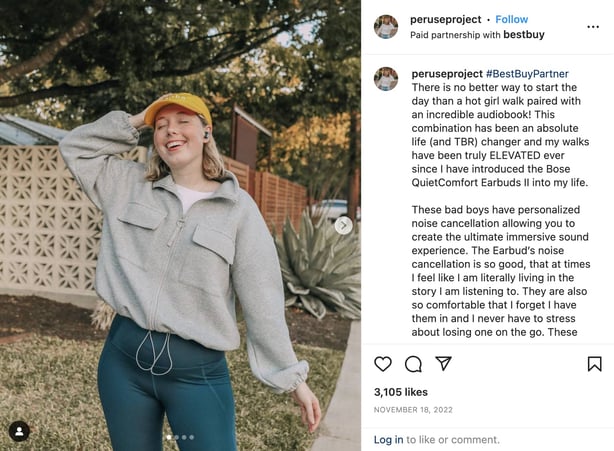
- Micro-influencers are subject matter experts with a relatively smaller following than macro-influencers, generally between 10,000 to 100,000. They are educated and enthusiastic about their subject. They have earned a high level of trust from their fan base. They are significantly less expensive than mega-or macro-influencers.
EXAMPLE: @wood_brain on Instagram is an account with almost 50,000 followers run by home improvement content creator Lindsay Zuelich. If your small business centers on home improvement or home services, you might see success partnering with a micro-influencer like Lindsay.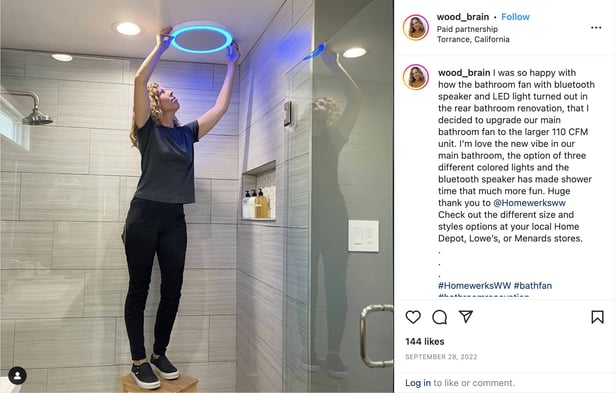
- Nano-influencers are individuals with smaller followings (usually 1,000 to 10,000 followers) but who have strong local audiences or demonstrate leadership in specific niches. They most likely have little experience collaborating with brands but do have exceptionally high engagement rates and are intimately familiar with their followers. Nano-influencers can be beneficial for small businesses with minimal marketing resources.
EXAMPLE: @samtheplumberoakville has just over 5,000 followers on Instagram and is well on his way to establishing a loyal, local following. If you are in his area and work with other home service businesses, he might be a great nano-influencer to partner with. If you’re located elsewhere, his account is a great example of what to keep an eye out for!
How do you create an effective influencer marketing strategy to help your business grow?
1. Set Your Goals
It is pointless to engage in influencer marketing simply because you read about it somewhere. You must understand why you are conducting your influencer marketing campaign. This will greatly affect how you quantify campaign success as well as who you choose as influencers.
Each of your objectives must be linked to a specific key performance indicator (KPI). How else could you assess the success and effectiveness of your campaign?
Standard objectives include:
- Increasing the number of website visits by a specific percentage throughout a campaign in comparison to the previous period.
- Boosting the number of social media followers for your brand.
- Increasing business visibility in front of a specific audience.
- Maximizing product sales by a specific percentage or dollar amount.
2. Evaluate Which Social Media Channels Align with Your Goals
Once you have determined what you want to achieve with your influencer partnerships, you’ll want to take a close look at the different types of social media platforms. With over half of consumers engaging with social media content at least weekly, it’s key that you are making informed decisions when partnering with influencers.
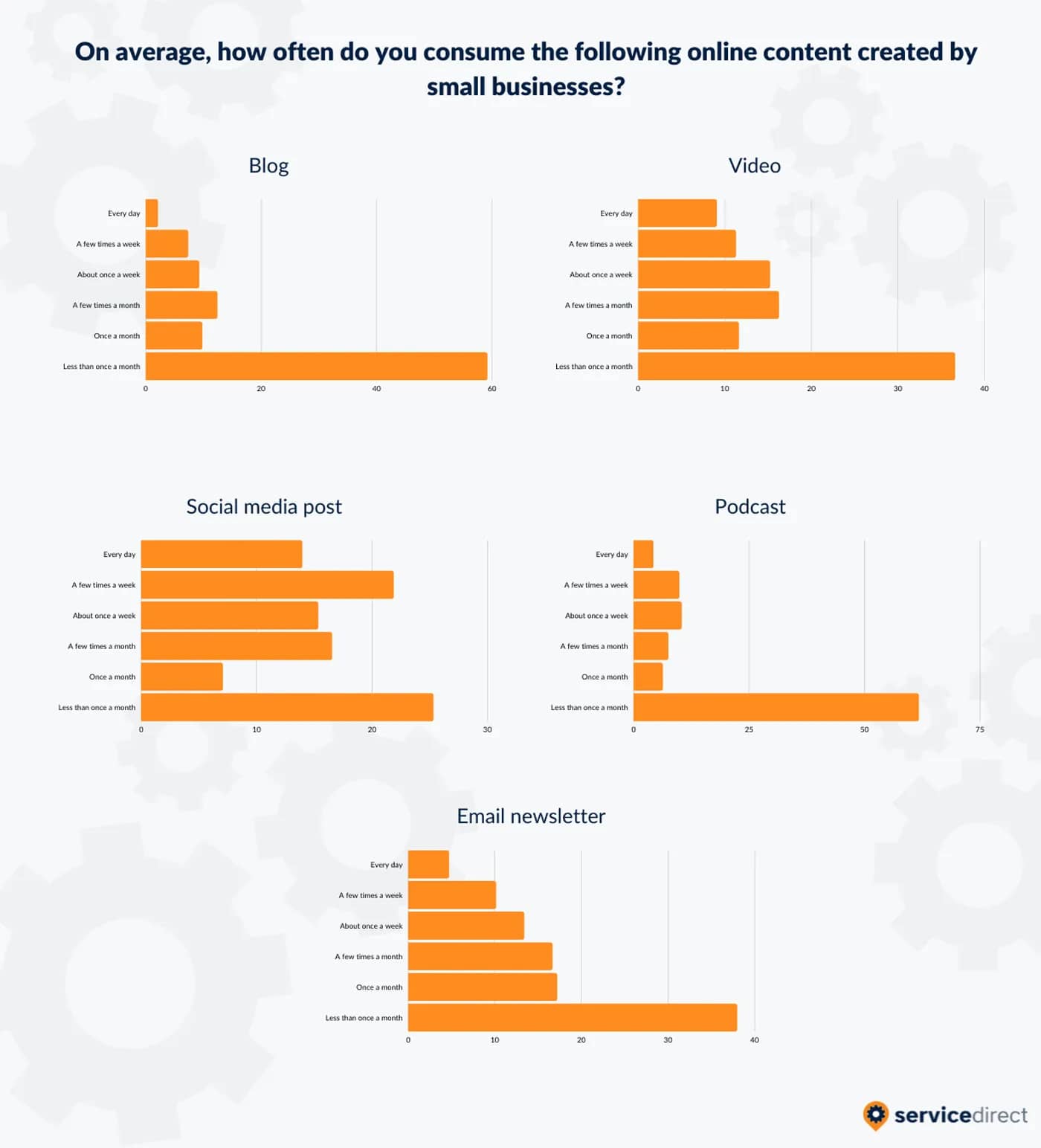
Each social media site has different benefits, so depending on what type of collaboration you’re considering you’ll need to choose wisely.
Types of Social Media Channels to Consider:
- Instagram: Focusing on images and videos, this platform is great for people who are looking to visually showcase their products. A benefit to Instagram is that you can post collaboratively with influencers, which means that their post highlighting your product or service will also be featured on your Instagram page!
- TikTok: As we've already mentioned, this short-form video platform is taking over the world with over a billion active users, the majority of which are younger people. If your product can be easily featured in a video 3 minutes or shorter, this fast-growing channel is a great one to consider for influencer partnerships.
- YouTube: This long-form video platform is another great social media site to consider when developing influencer partnerships. When you partner with a YouTube influencer, your product will be mentioned by the influencer somewhere in their video. This can sometimes include visual representations but not always, depending on what your product is.
- Twitter: On this text-based platform, your product will be featured in an ad posted by the influencer. The ad might include images or videos but it might not. This platform could work really well for a company that simply wants a few lines of text describing why your product is great and a link to your website.
These are just a few of the many social media platforms you might use when partnering with influencers. Other platforms include Pinterest, Twitch, LinkedIn, and Facebook.
3. Understand the 3 Rs of Influence
If you choose an influencer with a large number of subscribers or followers at random and team up with them, your efforts will not yield significant outcomes. So, even before you begin brainstorming, it is critical to identify the right influencers with whom to collaborate.
When trying to find an influencer for your marketing campaign, keep the following factors in mind:
- Relevance: The influencer you select must be relevant to your product, service, or industry. Their specialty should be complementary to yours. Only then will you be able to capture their subscribers' attention.
- Reach: Look for relevant influencers with a vast number of followers. They can help you get more eyes on your content.
- Resonance: Reaching a large audience is useless unless viewers interact with your content. Don’t be fooled by an influencer's large number of followers or subscribers. Instead, look closely at the comments section of their posts to see how well their audience interacts and resonates with their content.
Ryan Duey and Michael Garrett, for example, developed Cold Plunge, which is a cold bath therapy designed to boost your fitness and health. They had nothing but a hypothesis at the start of COVID-19. However, two years later, they had $3.5 million in revenue and are still growing.
They attribute their high rate of growth to influencers such as Tony Hawk, Tony Robbins, and other A-listers. It was a no-brainer to collaborate with these influencers because they had a huge following of innovators who were deeply interested in fitness and health.
4. Identify Your Target Audience
Before embarking on a social media influencer marketing campaign for your service or product, you must first identify and fully understand your intended audience.
It's all too easy for marketing teams to lose touch with their target audiences. Take the time to figure out who your target audience is for your social media campaign and then learn everything you can about them before diving into influencer marketing.
Key areas to investigate to identify your target audience:
- Demographics: What are their gender and age? Where do they reside in the country? How well do they know the Internet?
- Barriers: Why aren't they aware of your product or service? If they are aware of it, why aren't they using it? Are there aspects of your service or product that might irritate them?
- Motivators: What aspects of your product or brand would entice them to use it? Why would your customers keep using your service or product?
Answering these questions will assist you in determining where your audience is congregating on social media and also what sort of content will connect with their needs and interests—and thus best assist you in promoting your business in an impactful influencer marketing campaign.
5. Give Influencers Creative Freedom
Influencers are going to be more familiar with their community than you are. They understand which types of posts generate the most engagement from their followers and which ones do not.
Although they are working for your company, you should still give them some creative freedom on how they conceptualize specific campaigns. Any redundant guidelines will only serve to limit the creative potential of your campaign.
All an influencer should require is a campaign brief and periodic reviews to make sure everything is going as planned.
6. Measure Results Regularly
According to a survey by IMH, 35% of marketers did not track the effectiveness of their influencer marketing campaigns in 2020. While larger companies can afford to ignore metrics, it might be a costly mistake for small businesses.

Indeed, certain aspects of influencer marketing may feel underwhelming, which might be due to the content. Experiment with different content types to see what produces the best results. Whether it’s encouraging people to listen to a podcast you’ve created, contact you for services, or download a guide you’ve created, different CTAs are going to have different success rates.
Long-term collaboration with influencers is becoming more common to achieve better results and propel your business to new heights, but you can also request a single promotional post from mega-influencers.
Once you've found results that you like, you'll have a better idea of how to make the most of influencer marketing.
Following that, you'll want to double down and collaborate with more influencers to reach new audiences and scale your business.
Improve Your Strategy
Once you have processes in place to measure your results, you'll want to take action to improve your strategy as efficiently and effectively as possible. As with every type of marketing initiative, in order to get the most bang for your buck you’ll want to make sure your influencer programs are actually working to achieve your goals.
There are a number of ways to measure and improve influencer marketing success, including investing in 3rd-party tools, ensuring that your marketing calendar has dates for evaluating progress, and partnering with an influencer agency that can help you be the connection between your business and influencers.
Ultimately, you’ll want to remember that not all influencer marketing campaigns are successful, but with each one you create, you should learn something new.
CONCLUSION
Influencer marketing is more than a passing fad. It's a solidified type of marketing that's changing the way people interact with small businesses. Influencer marketing has become increasingly important in the marketing landscape, and as a result, the opportunity for business growth is expanding.
The statistics we've examined paint a clear picture: influencer marketing is especially effective and is here to stay.
Give it a shot and see what it can do for your company's image. Don't be surprised if you start receiving thousands upon thousands of new customers and sales if you take the correct approach and follow this guide.


